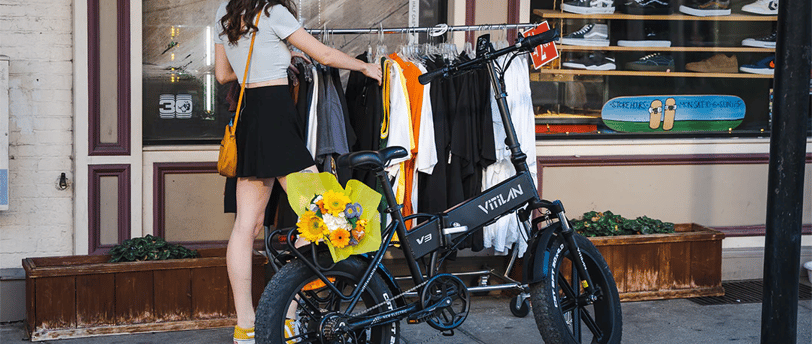How to Ride an E-bike Safely and Avoid Common Hazards
Great tips on how to ride an e-bike safely and avoid common hazards. You will learn how to choose the right e-bike, wear proper gear, follow the traffic rules, adjust the speed and power, and avoid crashes, falls, and battery fires. The post also encourages you to have fun and enjoy the benefits of e-bikes.


How to Ride an E-bike Safely and Avoid Common Hazards
Electric bikes are becoming more popular every day, and for good reasons. They are fun, eco-friendly, and convenient. But they also come with some risks that you need to be aware of and avoid. Whether you are a beginner or an experienced rider, you need to follow some safety tips to ensure your e-bike adventures are smooth and enjoyable. In this blog post, we will cover some of the most common hazards that e-bike riders face and how to prevent them.
Crashes One of the main dangers of e-bikes is crashing into other vehicles, pedestrians, or obstacles. E-bikes can go faster than regular bikes, which means you have less time to react and more impact if you collide. To avoid crashes, you should:
Wear a helmet and other protective gear. A helmet can protect your head from serious injuries, and gloves, pads, and reflective clothing can also help.
Obey the traffic rules and signals. You are a vehicle, not a toy, and you need to respect the laws and regulations of the road. Stop at red lights, use bike lanes, and signal your turns.
Be aware of your surroundings. Look ahead, behind, and around you for potential hazards, such as cars, pedestrians, potholes, or debris. Use your mirrors, lights, and horn to make yourself visible and alert others of your presence.
Don’t drink and ride2. Alcohol and drugs can impair your judgment, coordination, and reaction time. Never ride your e-bike under the influence of any substance.
Falls Another common risk of e-bikes is falling off the bike or losing balance. This can happen due to various factors, such as slippery roads, uneven terrain, or sudden braking. Falls can cause injuries, such as bruises, cuts, sprains, or fractures. To prevent falls, you should:
Choose the right e-bike for your size and skill level. Make sure the e-bike fits you well, and you can comfortably reach the pedals, handlebars, and brakes. Adjust the seat, suspension, and tire pressure to suit your preferences and riding conditions.
Ride at a safe speed and distance. Don’t go faster than you can handle, and don’t follow too closely behind other vehicles or riders. Leave enough space to maneuver and stop safely in case of an emergency.
Practice your riding skills. Before you hit the road, practice your e-bike in a safe and open area. Learn how to use the throttle, gears, and brakes properly, and how to balance, steer, and turn smoothly.
Battery Fires A rare but serious hazard of e-bikes is battery fires. E-bike batteries are made of lithium-ion cells, which can overheat and catch fire if damaged, overcharged, or exposed to high temperatures. Battery fires can cause burns, explosions, or toxic fumes. To avoid battery fires, you should:
Use the original charger and adapter. Don’t use any other charger or adapter that is not compatible with your e-bike battery. Follow the manufacturer’s instructions on how to charge and store your battery safely.
Inspect your battery regularly. Check your battery for any signs of damage, such as cracks, leaks, or swelling. If you notice any problem, stop using the battery and contact the seller or manufacturer for a replacement.
Keep your battery away from heat and flames. Don’t leave your battery in direct sunlight, near a heater, or in a hot car. Don’t smoke or light a fire near your battery. Don’t dispose of your battery in the trash or in a fire.
Conclusion E-bikes are a great way to enjoy the outdoors, get some exercise, and save money. But they also require some caution and responsibility. By following these safety tips, you can reduce the risks of e-bike riding and have more fun. Remember, safety first, then fun!
